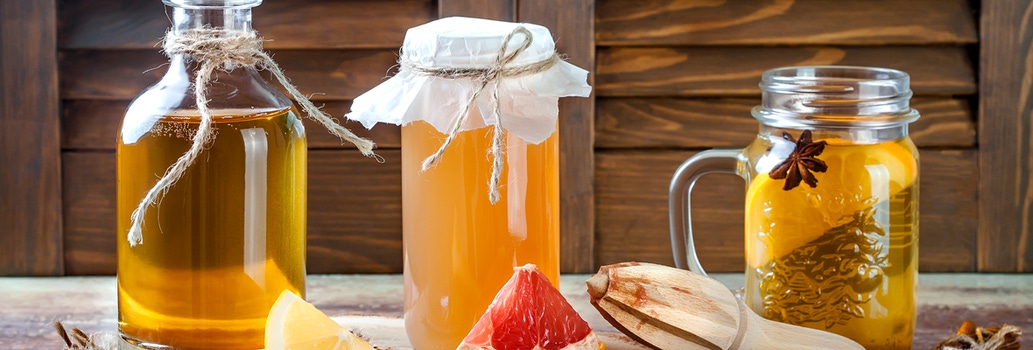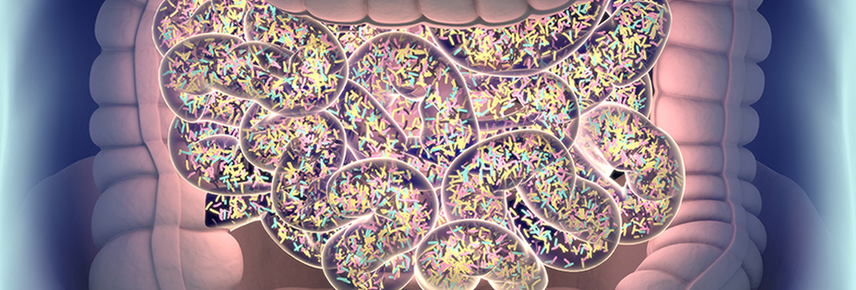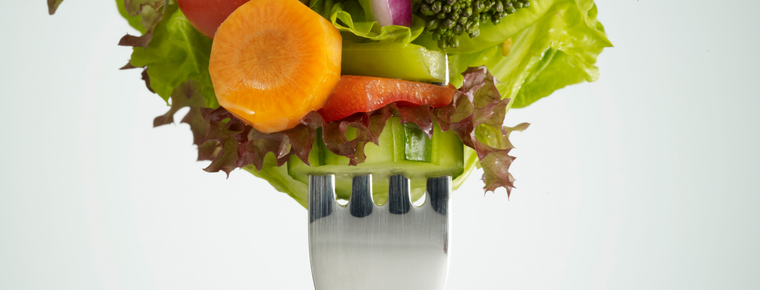
Food in focus: kombucha
Tea is back in fashion, but not exactly as you know it.
Once only found in hip cafes, fermented tea drinks, known as kombucha, now rival juices and soft drinks for supermarket shelf space.
Kombucha can be described as a fizzy, cider-like drink made from a combination of either green or black tea, sugar, yeast and bacteria. Kombucha is touted by claims of improving gut health, heart conditions, diabetes and even cancer, so it’s easy to see how such a simple drink has been catapulted into the spotlight of the commercial wellness world.
But are these bubbles a probiotic powerhouse, or just another phase?
How is kombucha made?
Kombucha is the end product of sweetened tea fermented by a combination of bacteria and yeast or ‘SCOBY’ (symbiotic culture of bacteria and yeast). The SCOBY feeds off the sugar in the tea, starting the fermentation process. First the yeast converts the sugar to alcohol, then the bacteria converts the alcohol to organic acids (acetic acid). This fermentation process can take about two weeks.
After fermentation, the liquid is separated from the newly formed SCOBY and once filtered is ready to drink.
What are the benefits of drinking kombucha?
There are lots of claims about the health benefits of kombucha, but let’s examine the evidence.
It’s generally understood that the fermented end product of traditional kombucha contains healthy ‘good’ bacteria – the kind that can serve as a probiotic to aid gut health.
Fermented foods that contain live bacteria or probiotics can have positive impacts on your gut, helping to support the digestive system. The more variety of good bacteria in the gut, the better! Also, the organic acids produced during fermentation can inhibit growth of undesirable bacteria.
But here’s the “watch out”. It’s unclear from researchers whether enough good bacteria in kombucha even makes it to the gut. And not all kombucha will contain living bacteria, as some commercial drinks are pasteurised.
Kombucha is high in polyphenols (that are found in the tea), particularly catechins. These antioxidants help to fight against harmful free radicals that refined sugars and over-cooked foods can expose us to.
How to choose a healthy kombucha
It’s worth noting that the quality of kombucha varies depending on factors such as the SCOBY used, fermenting time and type of tea or other ingredients used. With so many commercial brands to choose from, it can be hard to know whether the drink you’re buying is a hit or a miss in the health category.
Black or green tea is the first ingredient, then sugar, but since the yeast ferments (or consumes) the sugar, the end product should be relatively low in it. So it’s a lower sugar drink than most sugar sweetened beverages. Some brands add stevia and erythritol for added sweetness. And be sure it is made with SCOBY and not kombucha extract.
If you are making kombucha at home, be aware that the fermentation process will produce trace amounts of alcohol, especially if fermentation time is too long. Refrigeration will prevent additional fermentation and extend shelf life.
Check that the kombucha brand you buy is regularly tested for alcohol content. Most commercial brands do regular batch checks. If their product contains more than 0.5 per cent alcohol, it must be labelled as containing alcohol. It’s alarming that a recent study in Australia found significant numbers of kombucha products contained excess or undeclared alcohol but were not labelled as such.
All in all, when prepared in sterile conditions and fermented appropriately, commercial kombucha can be a good, more nutritious substitute for other common soft drinks. But don’t rely on this as a guaranteed source of probiotics.

The latest nutrition advice, plus health and wellness tips delivered to your inbox monthly

